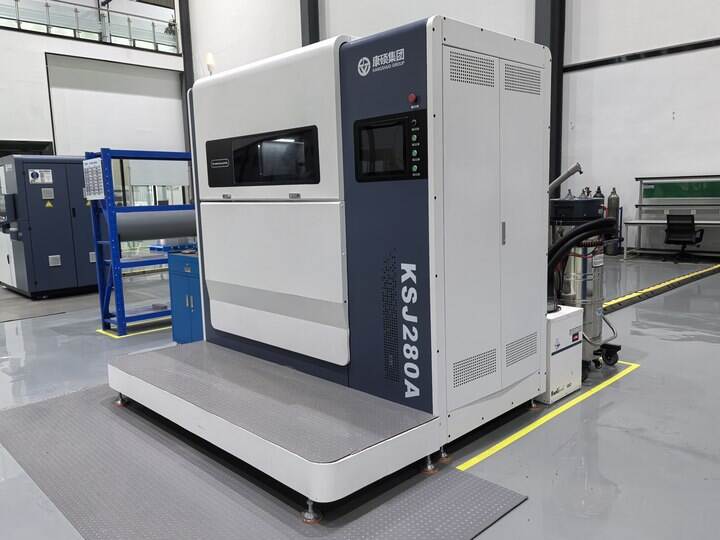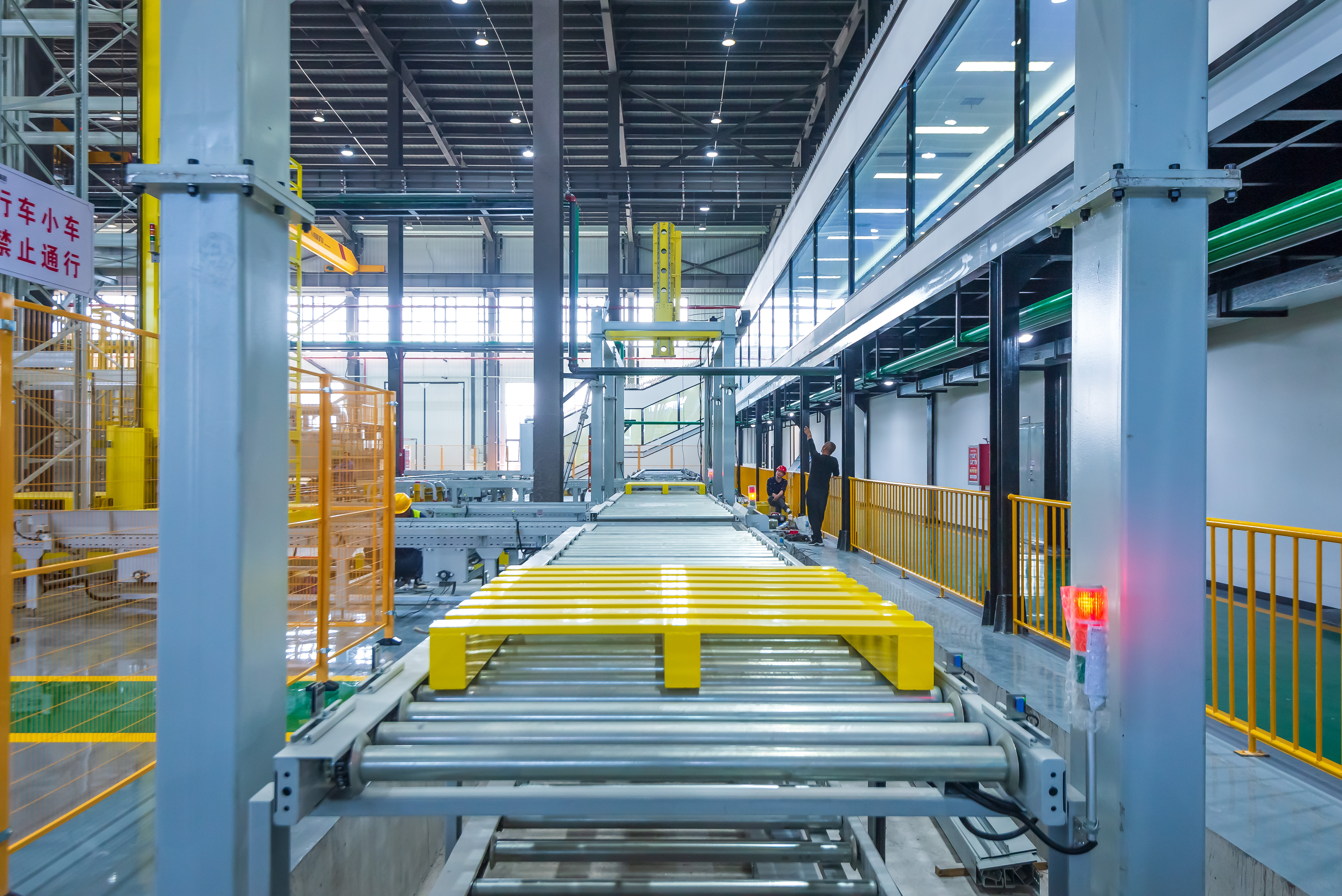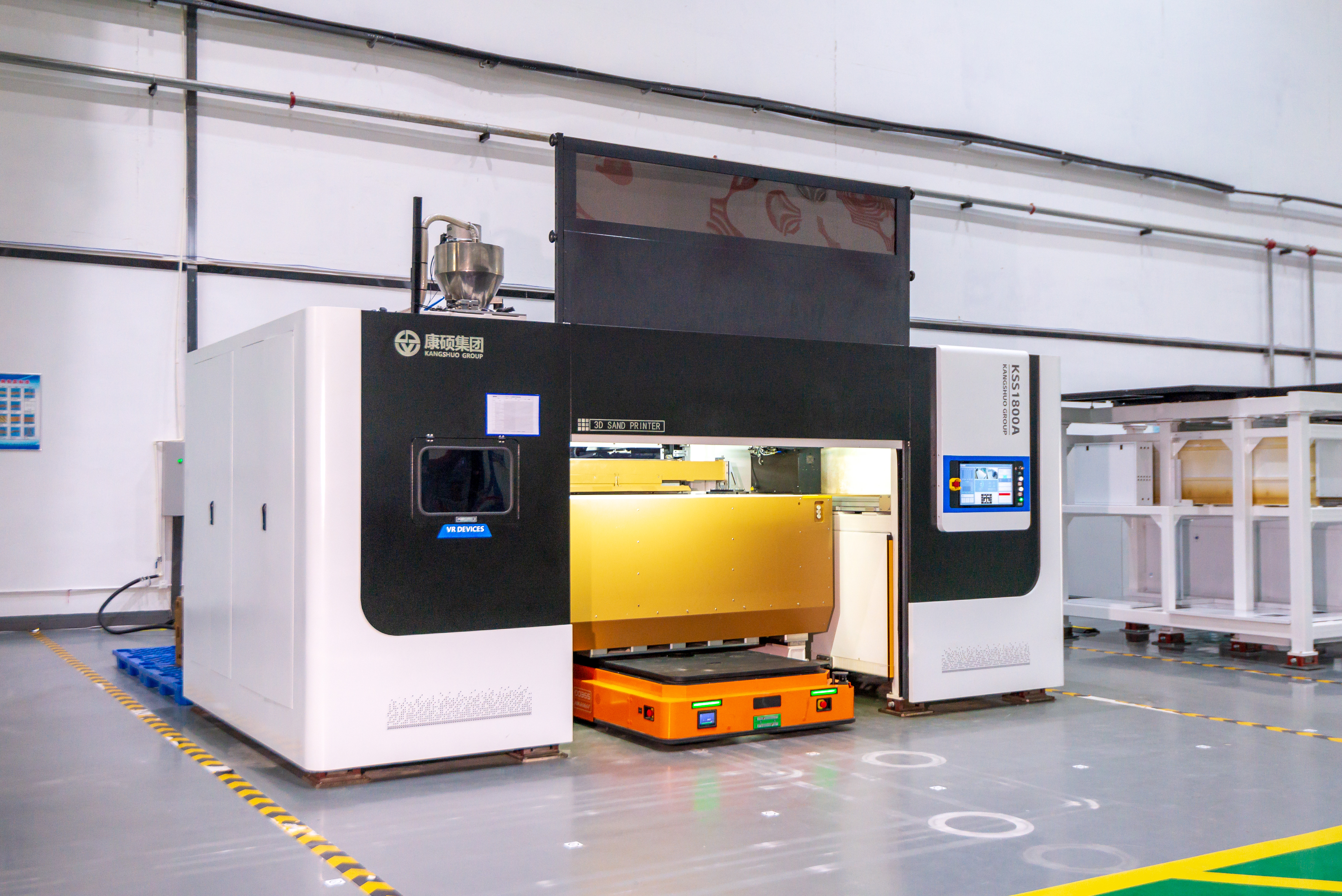the cast iron
Cast iron, a remarkable alloy of iron with carbon content ranging from 2.1% to 4%, has been a cornerstone of manufacturing and construction for centuries. This versatile material is created through a precise melting and casting process, where iron is combined with carbon and silicon, resulting in a material known for its exceptional durability and heat retention properties. Cast iron's unique molecular structure, characterized by graphite flakes distributed throughout the metal matrix, provides it with outstanding compression strength and wear resistance. In modern applications, cast iron manifests in various forms, including gray iron, ductile iron, and white iron, each engineered for specific uses. The material excels in both industrial and domestic settings, from heavy machinery components to beloved cookware. Its thermal conductivity makes it ideal for cooking vessels, while its structural strength makes it indispensable in construction. The material's ability to dampen vibration, resist deformation under heat, and maintain its shape under pressure has secured its position in contemporary manufacturing. Modern casting techniques have further enhanced its versatility, allowing for precise control over its properties and enabling the production of complex shapes with consistent quality.


